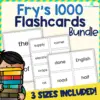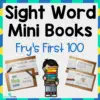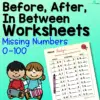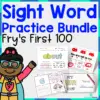Humor is an essential feature in storybooks to make reading exciting and fun for young children. Paired with amusing illustrations, funny books are a surefire hit to get children’s attention and entertain them.
Explore these ten funny books for preschoolers, perfect for the reading corner or for themed lessons that children will love.
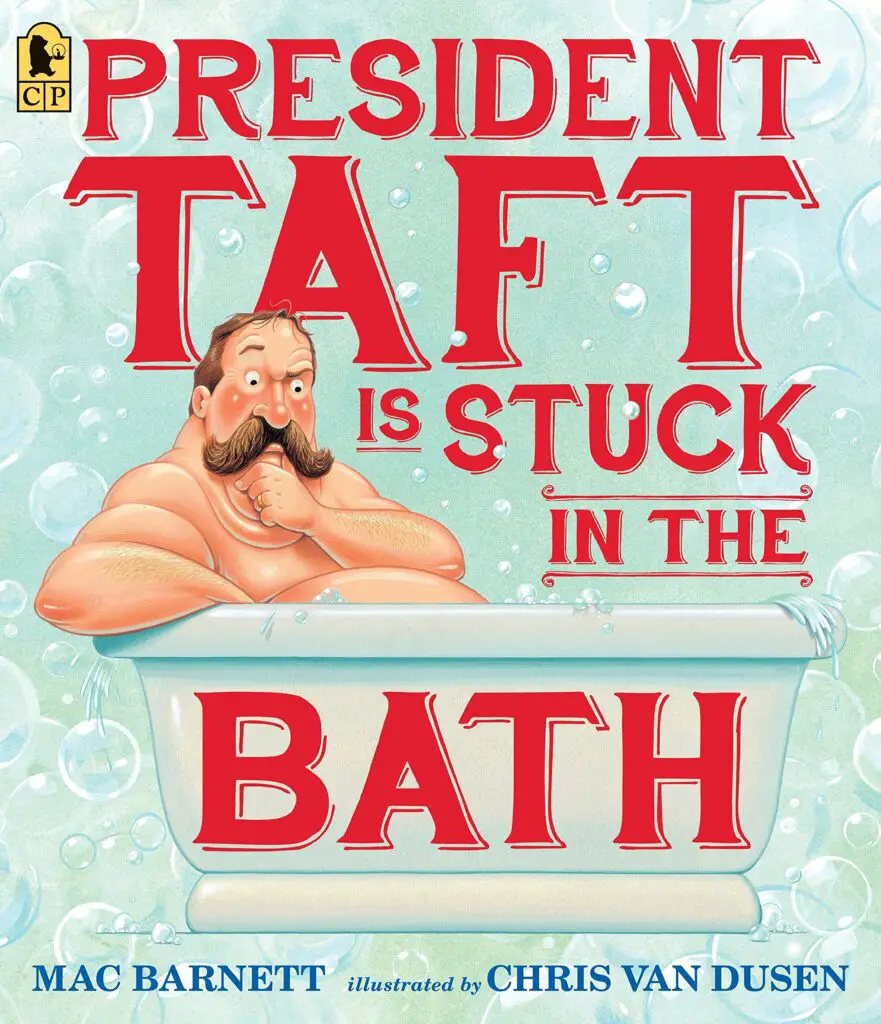
What does one do when one gets stuck in the bathtub? This was the predicament of the twenty-seventh president of the United States in the book President Taft Is Stuck in the Bath by Mac Barnett.
While no evidence shows that he got stuck in his bathtub, this fictional story is ridiculously funny and can be used to teach problems and solutions. Have children discuss different ways to get the president unstuck in the bathtub.
Ask them if they think using butter, blowing up the tub with dynamite, sending deep-sea divers, and throwing money in the tub will help solve the president’s problem.
These discussions will help build critical thinking skills through reasoning and improve their oral language skills.
With a history lesson, talk about some important positions in the government.
Discuss good hygiene practices that children should do daily to keep themselves clean and healthy and the benefits of being clean.
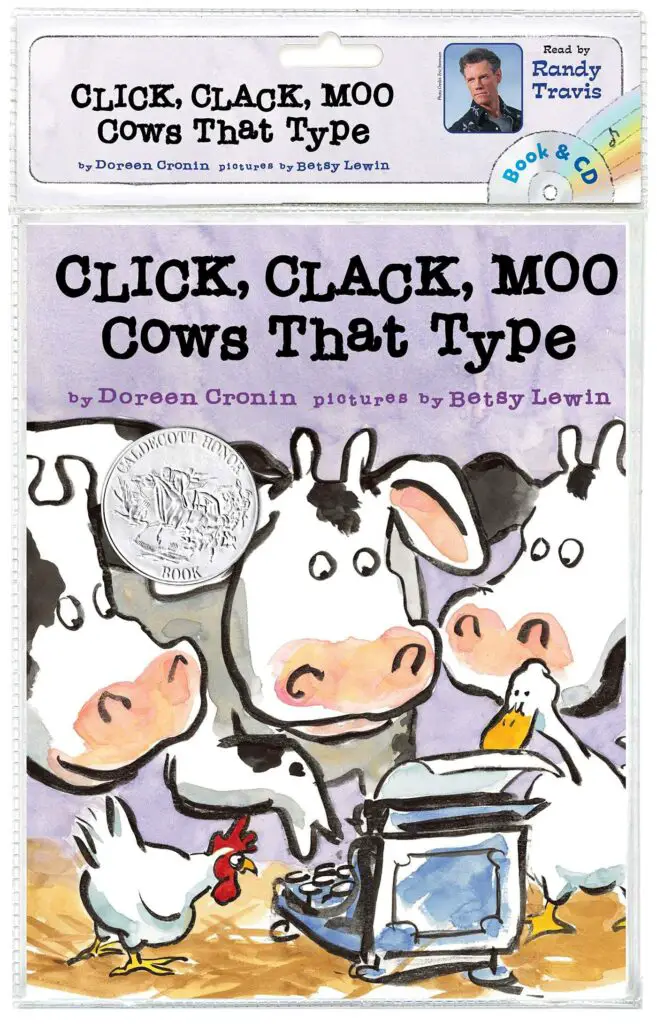
Doreen Cronin’s Click, Clack, Moo: Cows That Type is a hilarious story about some cows and hens that went on a strike and voiced their demands through an old-fashioned typewriter.
The chilly night has compelled the helpless cows and hens to demand electric blankets to keep themselves warm. They decided to type a letter to Farmer Brown to let him know of their situation.
This book teaches children social-emotional learning by nicely expressing themselves. It is acceptable to make demands from time to time. However, these must be done humanely, like the cows that wrote letters.
It also teaches compromise and acceptance. Farmer Brown realized that he needed to provide the blankets in return for the animals’ provisions.
This is a great book to talk about the excellent ways to resolve classroom conflicts. Good communication and understanding each other’s situation are critical steps to a peaceful relationship.
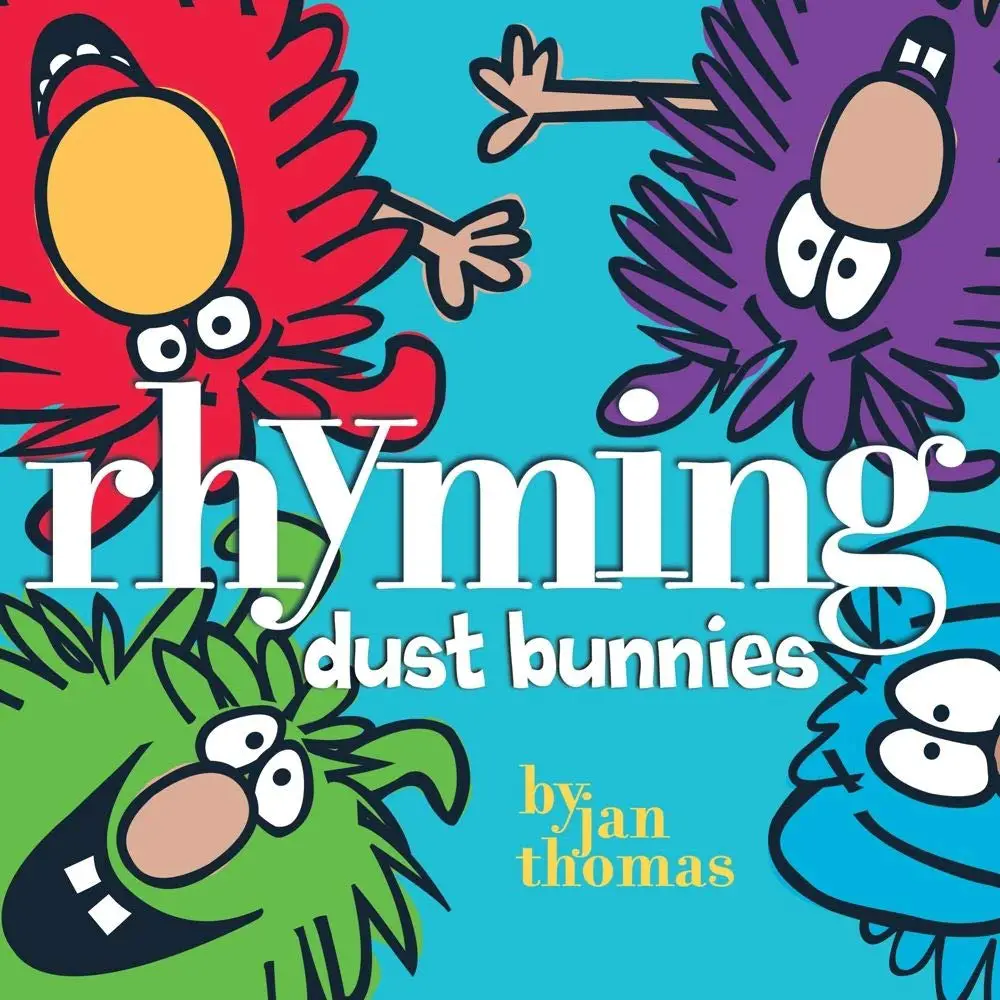
Four dust bunnies discuss different rhyming words while evading a scary monster-a cleaner with a broom-and an even more dangerous one-a vacuum cleaner. Rhyming Dust Bunnies by Jan Thomas is a great book to teach phonemic awareness.
In the story, friends Ed, Ned, and Ted take turns giving examples of words that rhyme while their other friend, Bob, tries to warn them of an incoming disaster. However, the three friends were too focused on rhymes that they failed to heed the call.
Learning about rhymes will help improve children’s auditory discrimination skills. It will enable them to identify sounds, an essential skill for learning to read.
Use this book with lessons on rhymes and to identify the beginning, final, and middle sounds of words. Use pictures so children will pay attention to sounds rather than written words.
Play a rhyme edition of the scavenger hunt by asking children to find objects that rhyme with each other.
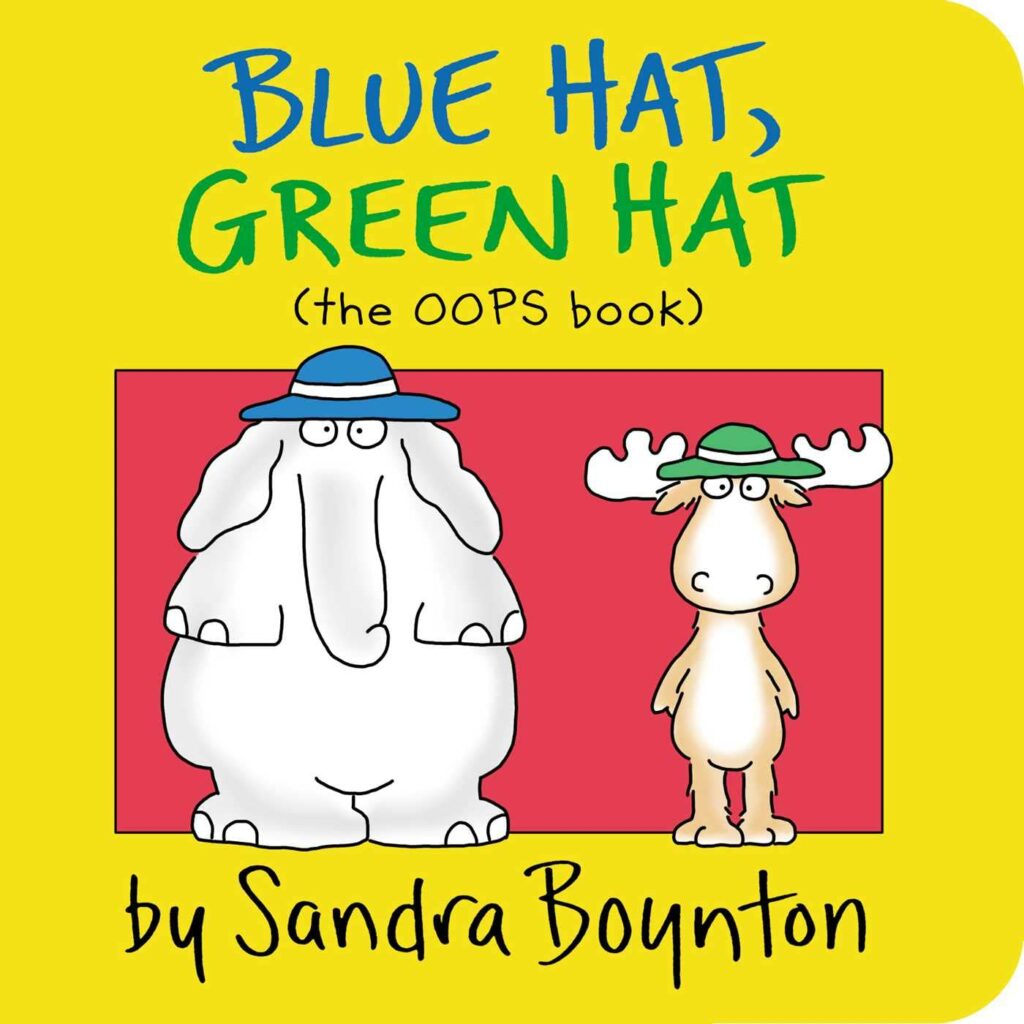
In the typical Sandra Boynton style, Blue Hat, Green Hat uses simple words and very short phrases to relay a funny message to the readers. Coupled with comical illustrations of four animal friends, this book will never fail to put a smile on every reader.
It teaches color recognition to young children. It also names different clothes to help increase children’s vocabulary and teach where particular clothing is worn.
Children can also learn to create a combination of clothes based on the colors presented in the book, which is an excellent idea for task boxes, busy bags, and centers.
The story opens with four friends donning the same type of clothing in different colors. However, the turkey needed to learn how to wear clothes properly. This went on with the hat, shirt, pants, coat, socks, and shoes.
When the turkey finally figured out the correct way, he wore them on the wrong occasion.
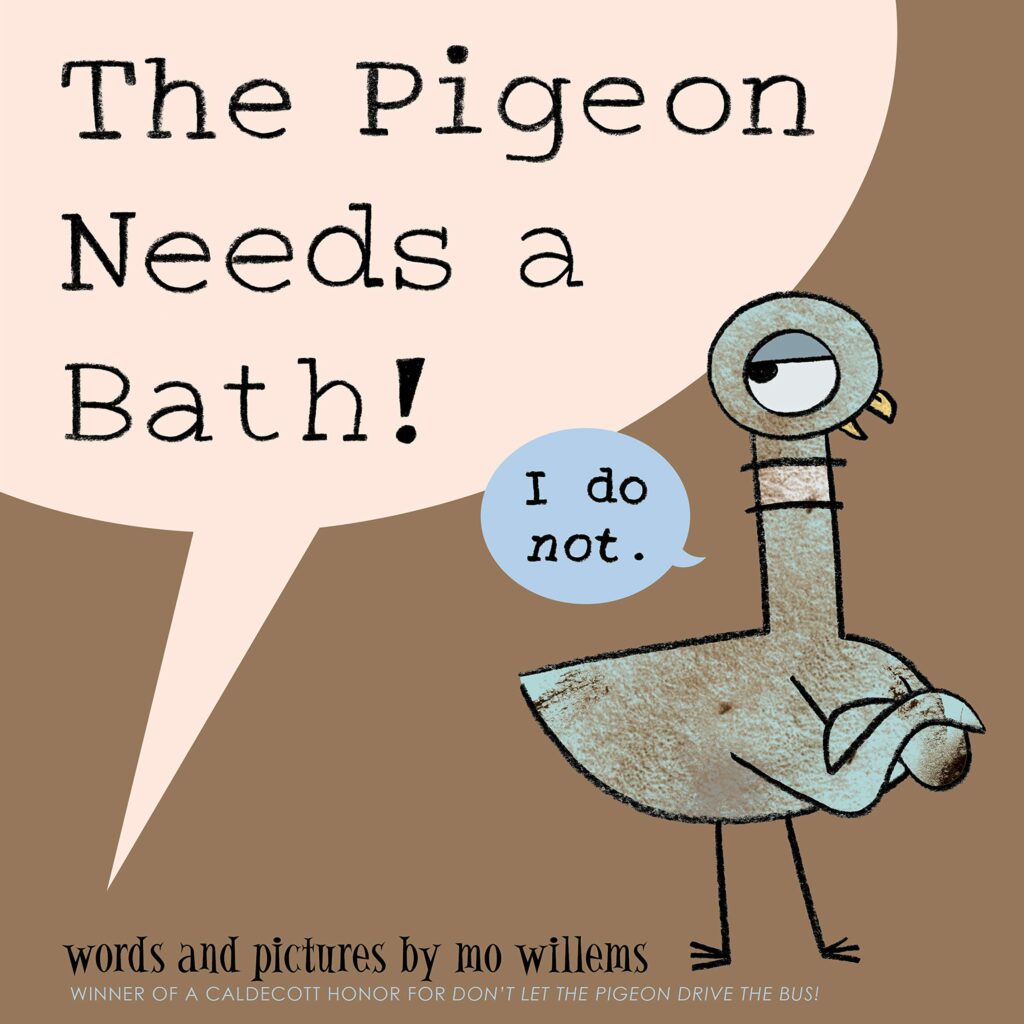
This is a story that most children can relate to, especially those that need the extra coaxing to take a bath and even more effort to get them out.
The Pigeon Needs a Bath! by Mo Willems is about a character named Pigeon who does not want to bathe despite all evidence pointing out that he needs one. He tries to use reason to get out of the situation, but to no avail.
This story can be used to discuss hygiene. Ask children about the ways they keep themselves clean. Discuss their routines and the different ways they take a bath for them to find a connection to the story.
Ask questions, such as if they can bathe by themselves, what toys they bring with them in the bathtub, if they wash their heads before scrubbing their bodies, etc.
Teach opposites with the words hot and cold and clean and dirty from the book.
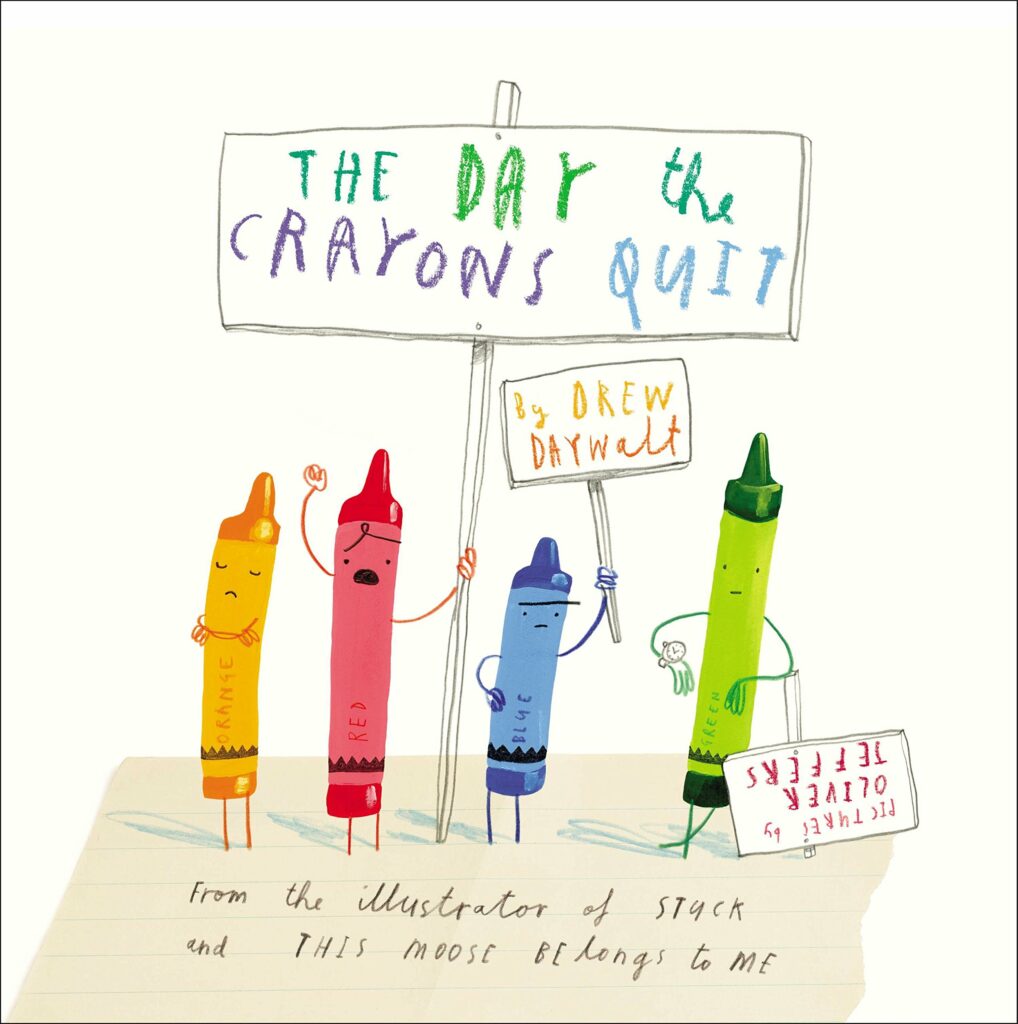
The Day the Crayons Quit by Drew Daywalt is a ridiculous story about a box of crayons writing to their owner, Duncan, to complain about different issues they face.
Some of these crayons were too tired of being used often, while others were barely used. Duncan figured out a way to appease everyone. He drew a picture and used all his crayons in his artwork, which got him a good grade.
This is a perfect book for children to improve their color recognition skills. They will learn to identify the color and their names and associate these colors with objects as presented in the book.
Naming all the objects will also help increase children’s vocabulary. This book encourages children to color within the lines and creatively use different colors.
Encourage older children to write about their frustrations just like the crayons in the book. This is a terrific way to help children express their emotions.
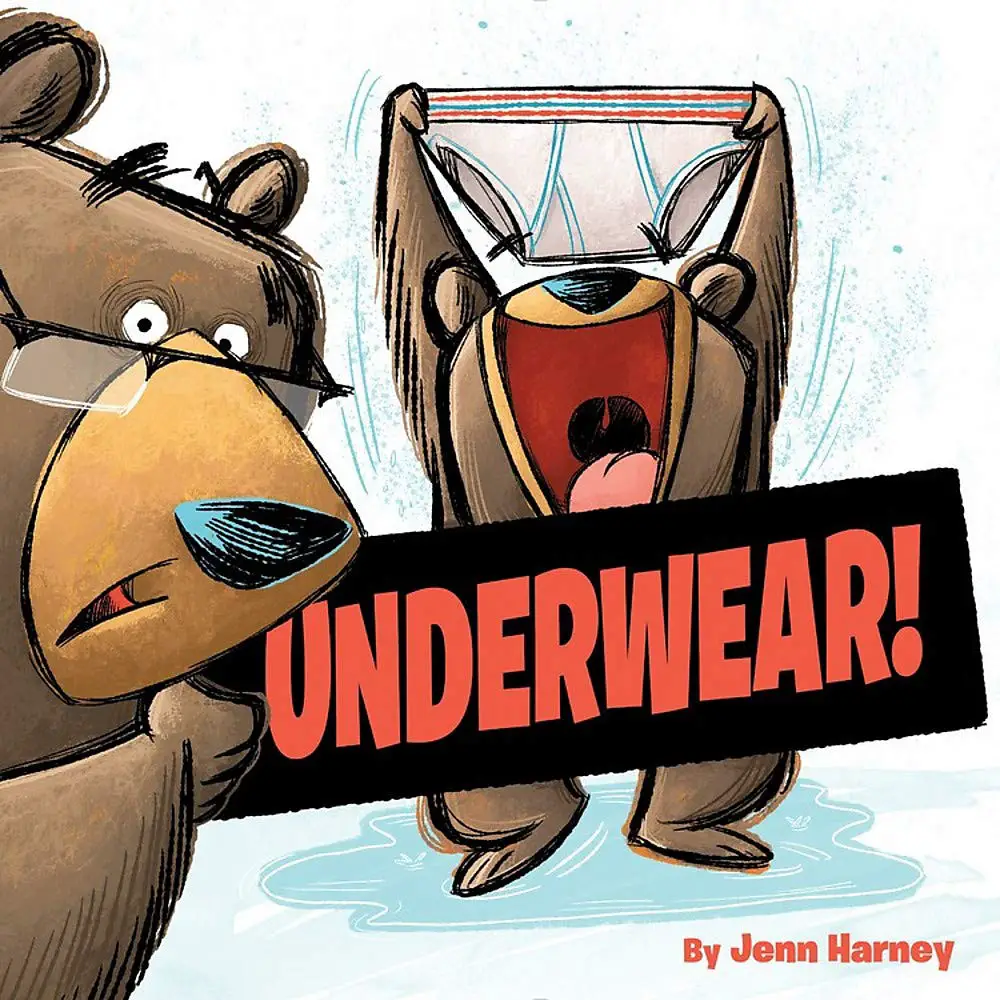
An excellent bedtime book, Underwear! by Jennifer Harney, tells a charming story about a little bear trying to trick his Dad into an extended playtime before bed.
The story uses creative wordplay based on the word underwear to get readers laughing. The little bear was smart enough to find ways to delay his sleep time.
Use the words from the book to teach children rhymes and homophones. This is a great way to help children develop their auditory discrimination skills and learn about words in context.
In the book, the little bear used his underwear and pretended to be someone else.
Encourage children to be creative during pretend play by letting them figure out various ways a piece of clothing can be used to turn them into different characters, such as a headgear or a mask.
Discuss the children’s bedtime routines. Have them find out similarities between their experiences and the story.
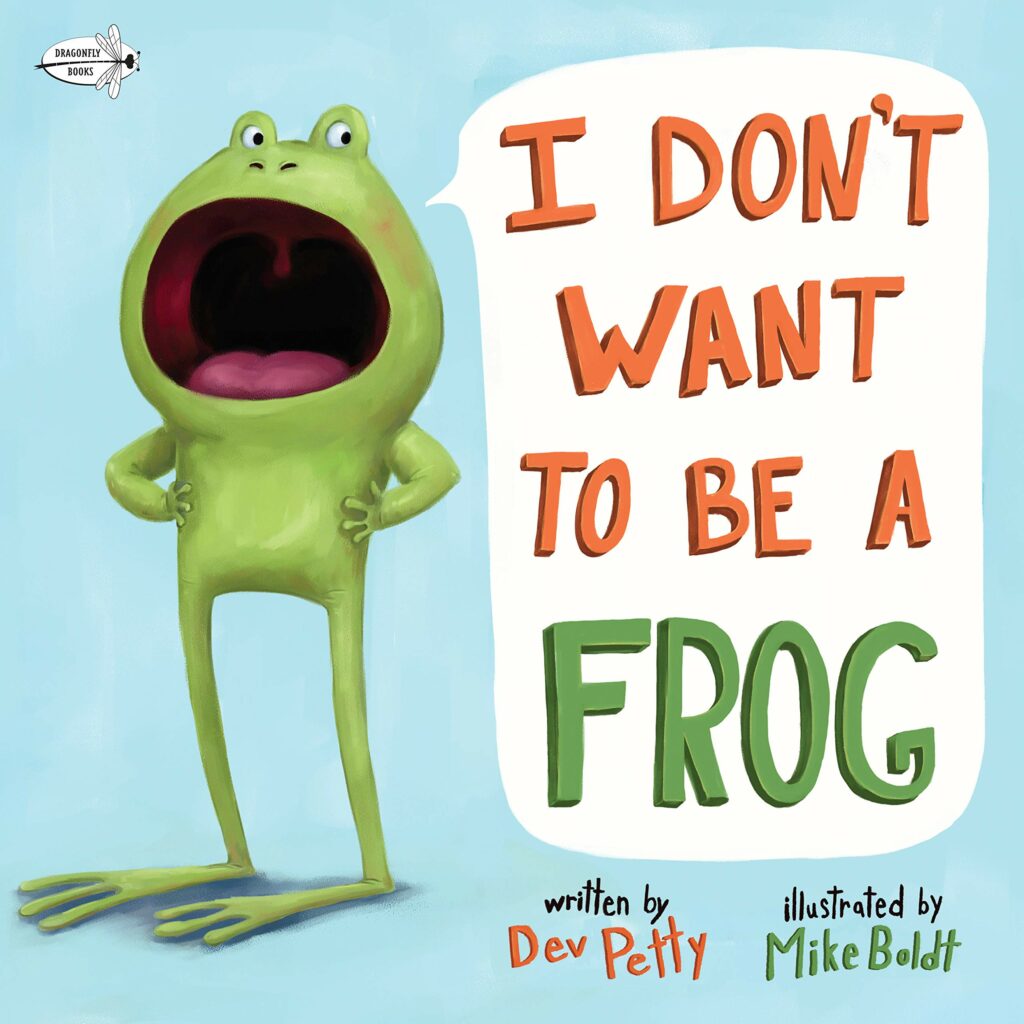
Children often wonder about the different things they can become.
In the case of the book, I Don’t Want to Be a Frog, by Dev Petty, a tiny frog wonders if he could become a different animal, to which his father quickly points out that he cannot while providing valid reasons.
The little frog thought of becoming a cat, rabbit, owl, or pig. However, his father pointed out specific characteristics of these animals that he does not have. Ultimately, after a conversation with the wolf, he decides that being a frog is the best.
With a science lesson, discuss the different characteristics of these animals that make them unique. Use a chart to map out their similarities and differences. Point out unique body parts and abilities.
Help children increase their vocabulary by focusing on words used in the book, such as hop, eat, and tell for action words and wet, curly, and slimy for describing words.
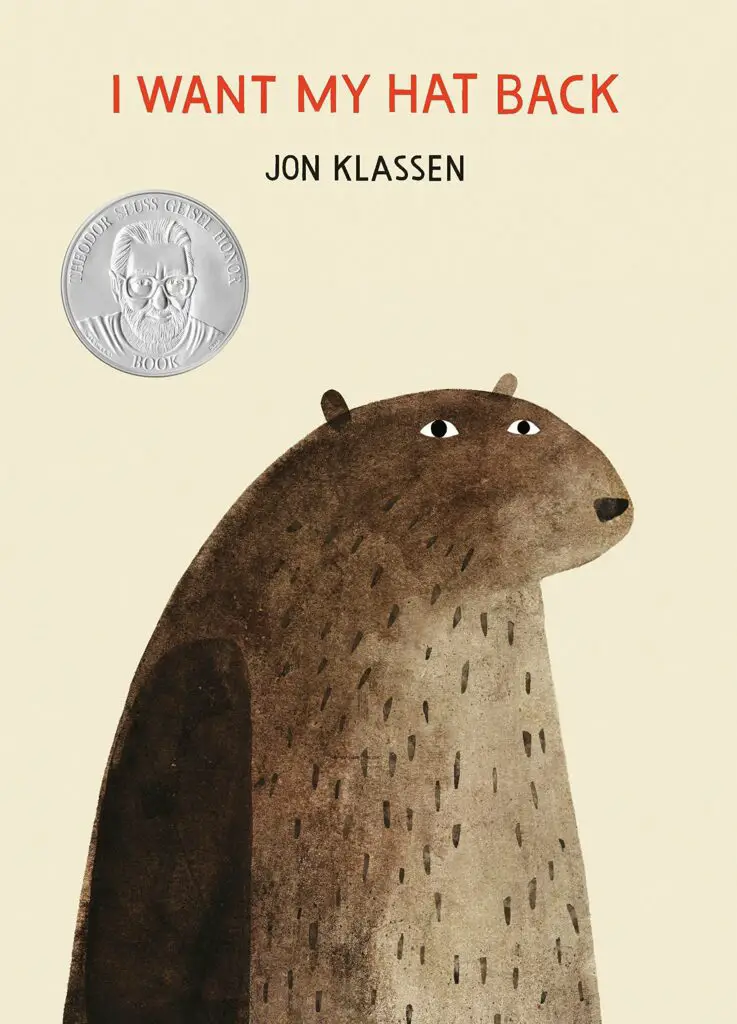
I Want My Hat Back by Jon Klassen tells the story of a bear searching for his missing hat. He asked several animals on the way, such as a fox, a frog, a rabbit, a turtle, a snake, and an armadillo, but no one had seen it.
As the worried bear wonders, if he will ever find his hat, a deer helps him realize that he has seen the rabbit wearing his red hat.
This is a great story to retell using puppets or turn into a stage play to help children practice their oral language skills.
Turn this story into a hunting game. Have children wear different hats, each one taking a turn describing someone else’s hat. Let them describe its size, color, shape, and design to help improve their oral language skills.
Place different hats in the sensory bin that children will find for a wonderful sensory experience.
Conclusion
Books are essential to every young learner. It helps support different areas of development while allowing children to think creatively. Explore these funny and engaging books that will surely tickle the young learners’ imaginations while having fun.
Thank you for reading. Come back and check out our other book articles soon.
More books for preschoolers:


